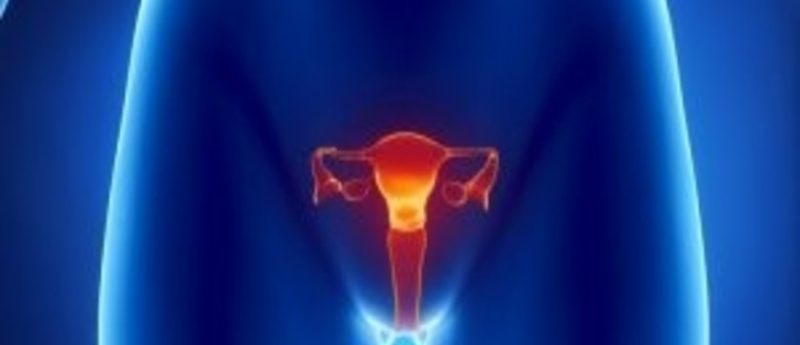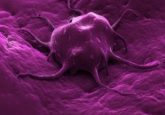Early study points to new photodynamic therapy technique for ovarian cancer

By combining existing photodynamic therapy with compounds that increase the susceptibility of malignant cells to reactive oxygen species, a team at Oregon State University (OR, USA) have notably improved the efficacy of ovarian cancer treatment in early animal studies. This new approach, details of which were published recently in Nanomedicine: Nanotechnology, Biology and Medicine, incited total cancer cell elimination without tumor regrowth.
Ovarian cancer represents an area of particular unmet medical need, with a high mortality rate owing to late diagnosis and inherent resistance to conventional therapies. If the efficacy of this novel photodynamic approach is confirmed in further study, it could offer a novel mechanism to address this aggressive and often fatal disease.
“Surgery and chemotherapy are the traditional approaches to ovarian cancer, but it’s very difficult to identify all of the places where a tumor has spread, and in some cases almost impossible to remove all of them,” commented investigator Oleh Taratula of Oregon State University. “Photodynamic therapy is a different approach that can be used as an adjunct to surgery right during the operation, and appears to be very safe and nontoxic. In the past its effectiveness has been limited, but our new findings may make this technology far more effective than it’s ever been before.”
The novel technique developed by the Oregon team involves administration of a photosensitizing compound termed phthalocyanine that produced reactive oxygen species when exposed to near-infrared light. A siRNA therapy that lowers cellular defences against reactive oxygen species by silencing DJ1 overexpression is delivered alongside this, both attached to a dendrimer-based nanoplatform that selectively targets the treatment to cancer cells.
The team concluded that their technique allows near-infrared light to penetrate much deeper into abdominal tissues when compared with existing therapies, and thus dramatically increases cancer cells elimination. The therapy also demonstrated longevity – mice receiving the treatment did not demonstrate any signs of cancer recurrence or unwanted side effects, compared with those that received standard photodynamic therapy, where some tumors recurred after two weeks.
The team also suggested that their technique may be suitable for combining with another recently developed photodynamic therapy, which utilizes the agent naphthalocyanine to cause fluorescence of cancer cells during surgery. They hypothesize that a combination of these approaches would provide: “multiple mechanisms to improve surgical success and, with minimal side effects, help eradicate any remaining cancer cells that were not completely removed.”



